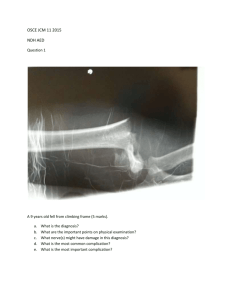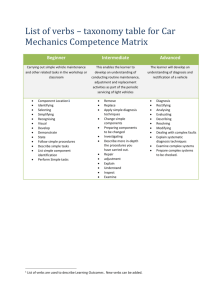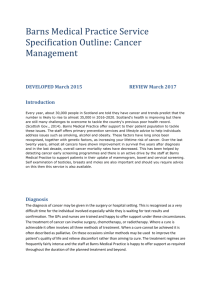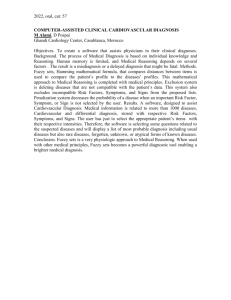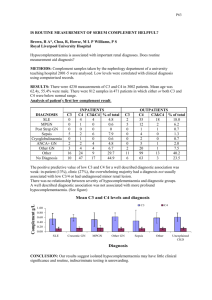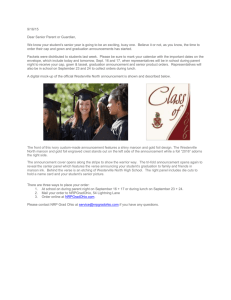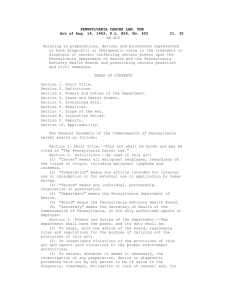My Residency Case Study Assignment
advertisement
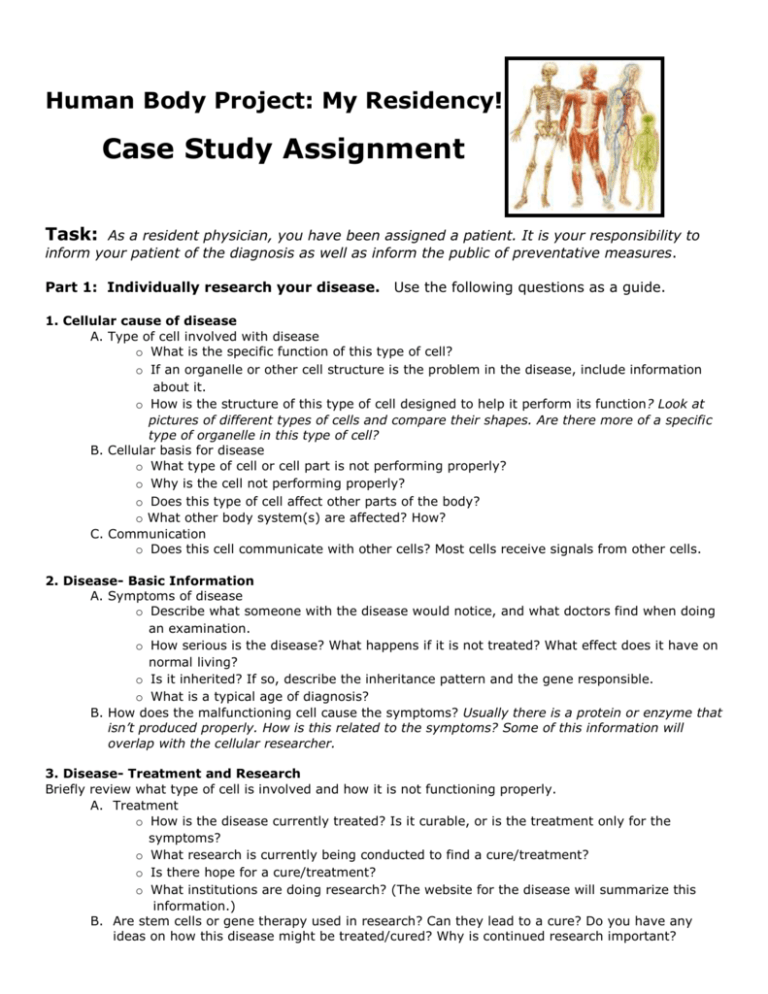
Human Body Project: My Residency! Case Study Assignment Task: As a resident physician, you have been assigned a patient. It is your responsibility to inform your patient of the diagnosis as well as inform the public of preventative measures. Part 1: Individually research your disease. Use the following questions as a guide. 1. Cellular cause of disease A. Type of cell involved with disease o What is the specific function of this type of cell? o If an organelle or other cell structure is the problem in the disease, include information about it. o How is the structure of this type of cell designed to help it perform its function? Look at pictures of different types of cells and compare their shapes. Are there more of a specific type of organelle in this type of cell? B. Cellular basis for disease o What type of cell or cell part is not performing properly? o Why is the cell not performing properly? o Does this type of cell affect other parts of the body? o What other body system(s) are affected? How? C. Communication o Does this cell communicate with other cells? Most cells receive signals from other cells. 2. Disease- Basic Information A. Symptoms of disease o Describe what someone with the disease would notice, and what doctors find when doing an examination. o How serious is the disease? What happens if it is not treated? What effect does it have on normal living? o Is it inherited? If so, describe the inheritance pattern and the gene responsible. o What is a typical age of diagnosis? B. How does the malfunctioning cell cause the symptoms? Usually there is a protein or enzyme that isn’t produced properly. How is this related to the symptoms? Some of this information will overlap with the cellular researcher. 3. Disease- Treatment and Research Briefly review what type of cell is involved and how it is not functioning properly. A. Treatment o How is the disease currently treated? Is it curable, or is the treatment only for the symptoms? o What research is currently being conducted to find a cure/treatment? o Is there hope for a cure/treatment? o What institutions are doing research? (The website for the disease will summarize this information.) B. Are stem cells or gene therapy used in research? Can they lead to a cure? Do you have any ideas on how this disease might be treated/cured? Why is continued research important? 4. Sources: You must include at least three sources. o One source must be the official disease website. o The others must be from this list of sources or sites that are linked to these sources. If you know someone who is affected by the disease you may do a personal interview. o All sources must be properly cited. Part 2: Collaborative Awareness Presentation Counseling Presentation to the patient and familyYou just received the test results and have confirmed the diagnosis of your patient. Someone has to be the bearer of bad news. Unfortunately, it is you… the physicians. Explain to your patient and their family what their diagnosis is, how you were able to make the diagnosis, symptoms and consequences they will expect to have, what is happening on a cellular level within side their body, and how you will treat their condition. Inform your patient of specialized institutions that may be helpful in their treatment and current research or findings that may be an option in the future. Your presentation should be informative and compassionate. You should also provide a script and have a visual ( ie: model, poster, ect..) to aid in your explanation. Part 3: A Collaborative Public Service Announcement (PSA) – You have been hired by an advertising agency to develop and create a public service announcement. The content of your announcement has been requested to deal with the prevention of the disease you have been assigned. The agency has allotted 1 minute. No more; no less. (points will be deducted for not meeting the time requirement) The public service announcement must be created using a form of technology (ie: Animoto, Moviemaker, Voki, ect...) Power Points are unacceptable! Evaluation- You will be evaluated on four parts: 1) the report with work cited, 2) the counseling session, 3) the awareness presentation, and 4) peer collaboration




